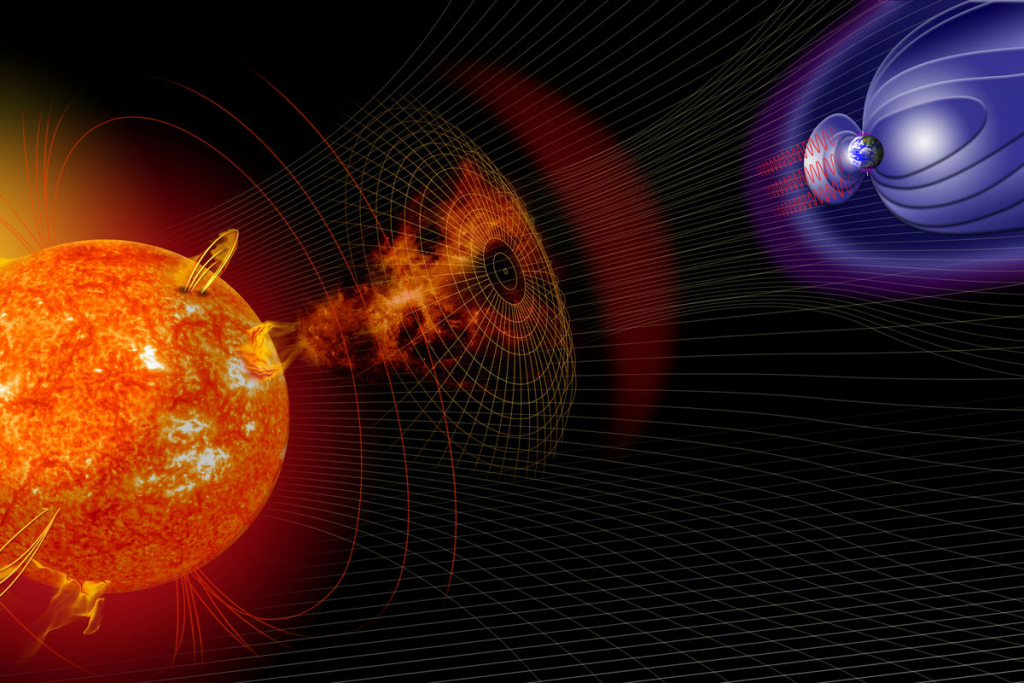Two young IRAP researchers participate in a Space Weather Forecast Competition with Machine Learning
In recent years the field of artificial intelligence (AI) has expanded and is applied to a vast variety of applications, holding favourable opportunities for the scientific community. Especially, machine learning embraces a high potential for space weather forecasting models (1).

Recently NASA and NOAA organised a data science competition called MagNet (2), which took place over the course of 6 weeks and finished on the 12th of February. It comprised a time-series task with the aim of predicting the disturbance-storm-time index (Dst) that indicates the severity of a geomagnetic storm using real-time solar wind data from two satellites: NOAA’s Deep Space Climate Observatory (DSCOVR) and NASA’s Advanced Composition Explorer (ACE).
PhD student Veronika Haberle and former postdoc Anna Kotova from the IRAP’ PEPS group participated in the competition. Veronika’s team took the 41st place and Anna’s team took the 11th place (out of 622 participants). “We would like to notice that feature engineering was the key in moving to top positions of the leaderboard”. A brief description, the code of Anna’s team and the results can be found on GitHub (3).
“For us, it was a great opportunity to be introduced to machine learning and applying algorithms to space physics. We recommend such future competitions to anyone who would like to get a smooth introduction to the application of AI.”
Notes
(1) For a review on this topic the interested reader is referred to The Challenge of Machine Learning in Space Weather: Nowcasting and Forecasting from E. Camporeale, 2019.
(2) https://www.drivendata.org/competitions/73/noaa-magnetic-forecasting/page/278/
(3) https://github.com/olegpolivin/MagNet-Model-the-Geomagnetic-Field
IRAP Contacts
- Veronika Haberle, Veronika.Haberle@irap.omp.eu
- Anna Kotova, molnia555@gmail.com






